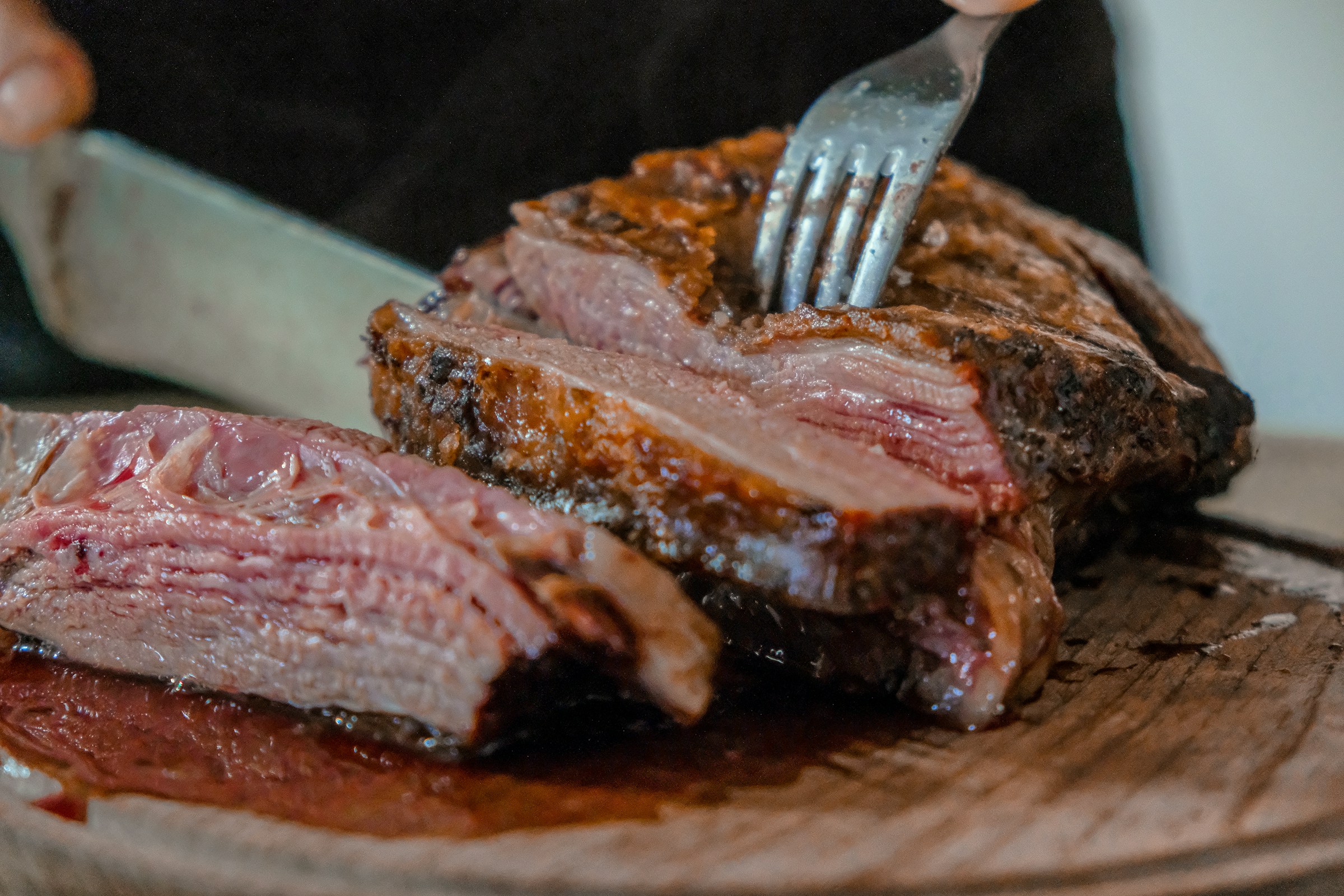How can you integrate a modern touchless faucet system in an older kitchen?

With the rapid advancement of technology, there is a growing trend of smart homes and appliances that aim to make our lives simpler and more efficient. One such evolution is the touchless kitchen faucet system. This is not just a stylish upgrade but also an excellent tool for maintaining hygiene and conserving water. However, integrating this modern technology into an older kitchen can seem daunting. In this article, we will guide you through the process of adopting this contemporary convenience in your mature kitchen without disrupting its existing charm.
Understanding touchless faucets
Touchless faucets, also known as sensor faucets, are a relatively new product in the realm of kitchen appliances. These faucets are equipped with a sensor that detects the presence of an object (usually your hands) under the spout and triggers the water flow. This hands-free operation significantly reduces the spread of germs and keeps the faucet clean.
Also read : What strategies can be used to maximize natural light in a south-facing kitchen?
The style of touchless faucets varies greatly, allowing you to choose one that complements your kitchen's décor. From single-handle designs to pull-out sprayers, there's a touchless faucet for every kitchen.
Choosing the right touchless faucet
Selecting the perfect touchless faucet for your kitchen can be an exciting yet overwhelming task given the wide range of choices available in the market. To make an informed decision, you need to consider a few key factors.
Have you seen this : Which type of kitchen flooring offers the best slip resistance for elderly users?
Firstly, match the style of the faucet with your kitchen's existing aesthetic. If your kitchen has a rustic feel, a vintage-style touchless faucet would blend in seamlessly. Conversely, for a minimalist kitchen, a sleek, single-handle touchless faucet might be more suitable.
Equally important is the functionality of the faucet. Besides the basic sensor function, some touchless faucets come with advanced features like a pull-down sprayer for flexible use, temperature control, and an automatic shut-off feature to save water.
Lastly, the quality of the product is crucial for its durability. Stainless steel or brass faucets with corrosion-resistant finishes are known to last for years.
The installation process
The installation process of a touchless faucet is not as complicated as it may sound. However, it does require some level of handiness. If you aren't confident about installing it yourself, hiring a professional plumber is advisable.
Before starting the installation, make sure to read the manufacturer's instructions thoroughly. The standard installation process involves the removal of the old faucet, the setting up of the control box for the sensor, the connection of the water supply lines, and finally the mounting of the new touchless faucet.
While the control box requires a power source, most touchless faucets come with a battery pack, freeing you from the need for electrical wiring. However, some high-end models might need an electric connection.
Maintenance and troubleshooting
The maintenance of touchless faucets is not very different from regular faucets. Regular cleaning with a mild detergent is enough to keep them shiny. However, since these faucets have sensors, they require some additional care.
The sensor needs to be kept clean for it to function properly. A simple wipe with a damp cloth from time to time should do the trick. Additionally, the battery of the sensor will need to be replaced every few years.
In case of malfunction, the first step is to consult the troubleshooting guide provided by the manufacturer. If the issue persists, it's best to call in a professional to avoid causing further damage.
Adapting to this modern convenience
Once the touchless faucet is installed, it might take some time for you to adapt to its hands-free operation. However, with time, you will realize the convenience it offers, especially when your hands are dirty or full.
Despite your kitchen's age, integrating a modern touchless faucet can significantly enhance its functionality while adding a touch of modernity. And with the correct style and proper installation, it can blend effortlessly with your existing décor, making it a worthy addition to your kitchen.
Pros and Cons of Touchless Kitchen Faucets
While the benefits of touchless kitchen faucets are many, it's essential to weigh the pros and cons before making a decision. This way, you're better equipped to choose the best faucet suitable for your kitchen.
The most significant advantage of touchless faucets is their hands-free operation, which is not only convenient but also hygienic. With the fear of spreading germs, this feature is an absolute winner. Plus, it's useful when you're handling raw food or your hands are full.
Conservation of water is another advantage. The sensors only dispense water when they detect an object, preventing any wastage. Also, touchless faucets often come with an automatic shut-off feature, which stops the water flow after a predetermined time, adding to the conservation effort.
Moreover, touchless faucets give your kitchen a modern, high-tech appeal. They provide a touch of modernity to older kitchens without disrupting their inherent charm.
Nevertheless, there are a few drawbacks to consider. First is the cost. Touchless faucets are more expensive than their traditional counterparts. Additionally, they need a power source to operate, which could mean higher energy costs.
Maintenance could be another potential drawback. The sensors require regular cleaning, and the batteries need replacing every few years. Also, if a malfunction occurs, fixing a touchless faucet could be more complex than a regular one, possibly requiring professional help.
Integrating a Touchless Faucet in Your Kitchen Sink
Now that we've considered the pros and cons, let's talk about integrating a touchless faucet into your kitchen sink.
First, you need to check the compatibility of your kitchen sink with the touchless faucet you've chosen. The faucet adapter should align with the existing hole patterns on your sink. Most modern touchless faucets are designed to fit standard sinks. However, you might need additional parts or a professional's help for non-standard sinks.
Next, plan for the power source. As mentioned earlier, touchless faucets usually come with a battery pack, but some models may require an electrical connection. You must ensure that your kitchen setup can accommodate this requirement.
Lastly, consider the aesthetics. From the type of handle faucets to the choice between pull faucets and side sprayers, or even the addition of a pot filler, choose a design that matches your kitchen's style. Whether it's a stainless steel touchless faucet for a minimalist look or a brass faucet for a vintage feel, the touchless kitchen faucets should enhance the overall look of your kitchen.
Conclusion
Incorporating a touchless faucet in an older kitchen can seem daunting, but with the right understanding and guidance, it can be a rewarding experience. The convenience of hands-free operation, water conservation, and the ability to add a touch of modernity outweigh the initial costs and maintenance required.
Despite the age of your kitchen, a touchless faucet can seamlessly blend with your existing décor and significantly enhance your kitchen's functionality. Whether it's a single-handle design for a minimalist kitchen or a pull-down sprayer for flexibility, there's a touchless kitchen faucet out there for every kitchen.
Remember, the key is in choosing the right faucet style that compliments your kitchen, installing it correctly, and maintaining it well. Embrace the modernization, and enjoy the benefits of a touchless faucet system.
